Nanoparticle levitated by light rotates at 300 billion rpm
WEST LAFAYETTE, Ind. — A dumbbell-shaped nanoparticle powered just by the force and torque of light has become the world’s fastest-spinning object.
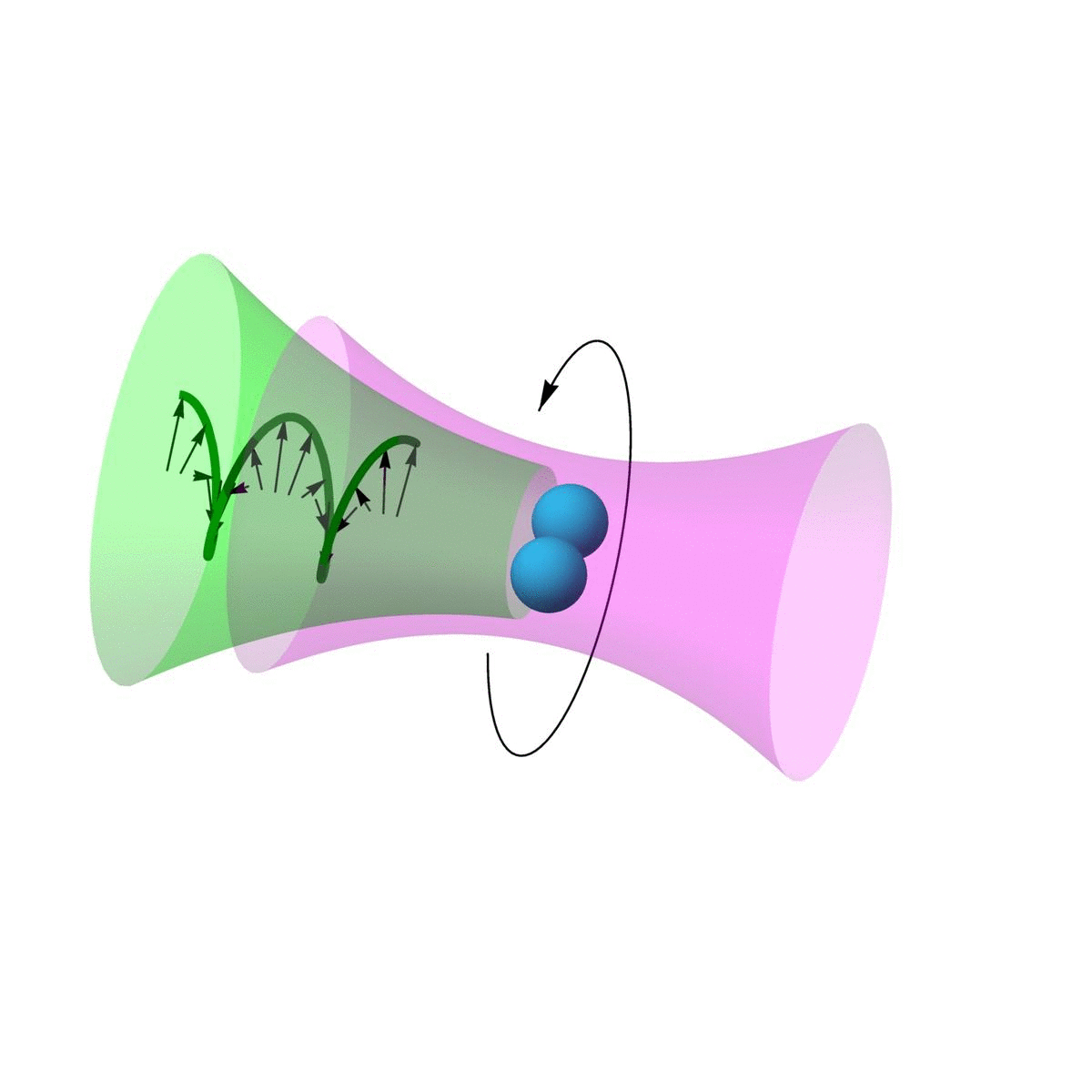

Few recognize the vast implications of materials science.
To build today’s smartphone in the 1980s, it would cost about $110 million, require nearly 200 kilowatts of energy (compared to 2kW per year today), and the device would be 14 meters tall, according to Applied Materials CTO Omkaram Nalamasu.
That’s the power of materials advances. Materials science has democratized smartphones, bringing the technology to the pockets of over 3.5 billion people. But far beyond devices and circuitry, materials science stands at the center of innumerable breakthroughs across energy, future cities, transit, and medicine. And at the forefront of Covid-19, materials scientists are forging ahead with biomaterials, nanotechnology, and other materials research to accelerate a solution.

Here’s a new chapter in the story of the miniaturization of machines: researchers in a laboratory in Singapore have shown that a single atom can function as either an engine or a fridge. Such a device could be engineered into future computers and fuel cells to control energy flows.” Think about how your computer or laptop has a lot of things inside it that heat up. Today you cool that with a fan that blows air. In nanomachines or quantum computers, small devices that do cooling could be something useful,” says Dario Poletti from the Singapore University of Technology and Design (SUTD).
This work gives new insight into the mechanics of such devices. The work is a collaboration involving researchers at the Centre for Quantum Technologies (CQT) and Department of Physics at the National University of Singapore (NUS), SUTD and at the University of Augsburg in Germany. The results were published in the peer-reviewed journal npj Quantum Information on 1 May.
Engines and refrigerators are both machines described by thermodynamics, a branch of science that tells us how energy moves within a system and how we can extract useful work. A classical engine turns energy into useful work. A refrigerator does work to transfer heat, reducing the local temperature. They are, in some sense, opposites.
If you’re interested in superlongevity and superintelligence, then I have a book to recommend., by Sonia Contera, is a book about the intersection of biotech and nanotech. Interesting and well written for the layman, the book covers some of the latest developments in nanotechnology as it applies to biological matters. Although there are many topics, I was primarily interested in the DNA nanobots, DNA origami, and the protein nanotechnology sections. My interest is piqued in these arenas due to my expectation that DNA nanobots and protein nanobots, as well as complex self-assembled custom nanostructures, are going to be key to some of the longevity technologies and some of the possible substrates for mind uploading that are key to superlongevity and superintelligence. There are also sections in the book on 3D bioprinted organs — progress and possibilities, as well as difficulties.
There is even a section that clearly was written specifically to address a discussion that has engaged my friends, Dinorah Delfin and Dan Faggella. The title is:
FUTURE DEVICES: QUANTUM PHYSICS MEETS BIOLOGY MEETS NANOTECHNOLOGY
Now, some might be tempted to consider that particular combination to be “woo woo”, however, please keep in mind the author’s credentials. Sonia Contera is a professor of biological physics in the Department of Physics at the University of Oxford.
Increasingly, scientists are gaining control over matter at the nanometer scale. Spearheaded by physical scientists operating at the interfaces of physics and biology, advances in nanoscience and technology are transforming how people think about life and treat human health.
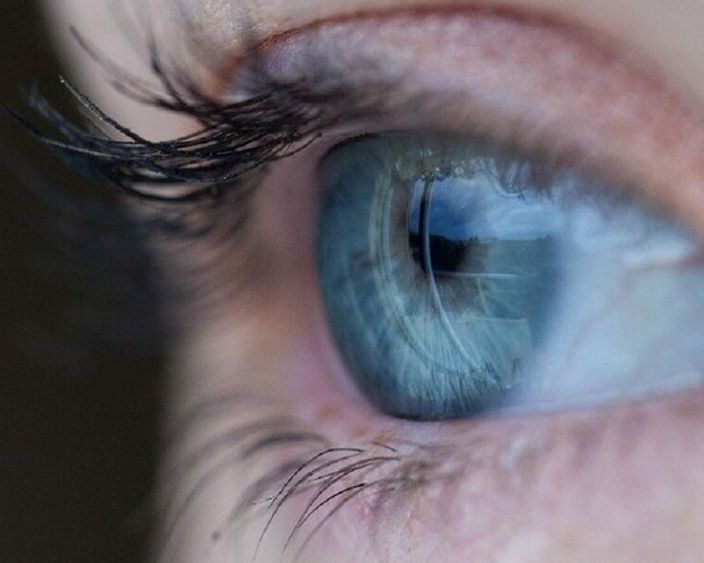
Good news.
In a paper published last week in Nature, though, researchers from Hong Kong University of Science and Technology devised a way to build photosensors directly into a hemispherical artificial retina. This enabled them to create a device that can mimic the wide field of view, responsiveness, and resolution of the human eye.
“The structural mimicry of Gu and colleagues’ artificial eye is certainly impressive, but what makes it truly stand out from previously reported devices is that many of its sensory capabilities compare favorably with those of its natural counterpart,” writes Hongrui Jiang, an engineer at the University of Wisconsin Madison, in a perspective in Nature.
Key to the breakthrough was an ingenious way of implanting photosensors into a dome-shaped artificial retina. The team created a hemisphere of aluminum oxide peppered with densely-packed nanoscale pores. They then used vapor deposition to grow nanowires inside these pores made from perovskite, a type of photosensitive compound used in solar cells.
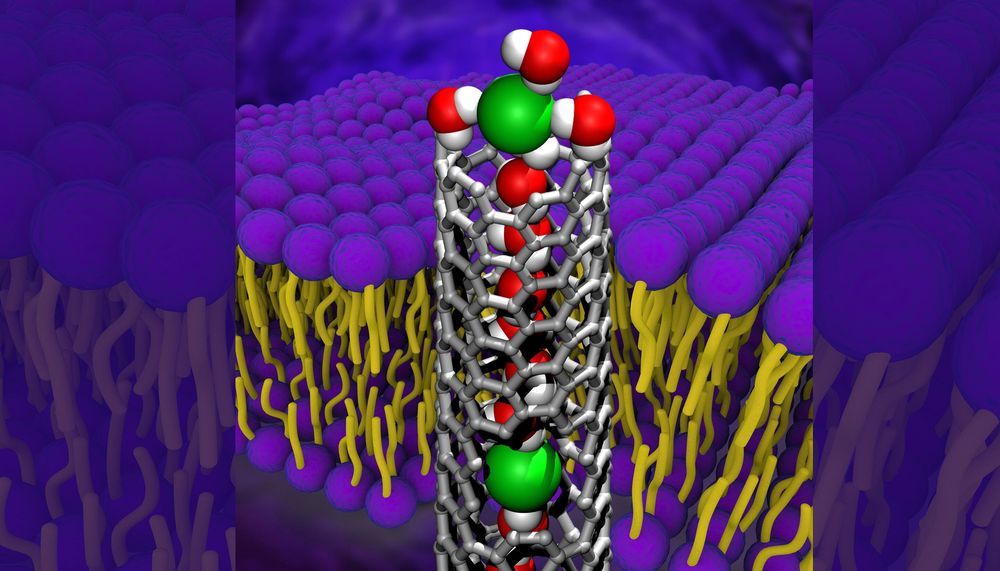
Trying to determine how negatively charged ions squeeze through a carbon nanotube 20,000 times smaller than a human hair is no easy feat.
Not only did Lawrence Livermore National Laboratory (LLNL) scientists do that but they found that those ions are unexpectedly picky depending on the anion (a negatively charged ion). The research appears in ACS Nano.
Inner pores of carbon nanotubes combine extremely fast water transport and ion selectivity that could potentially be useful for high-performance water desalination and separation applications. Determining which anions are permeable to the nanotube pore can be critical to many separation processes, including desalination, which turns seawater into fresh water by removing the salt ions.
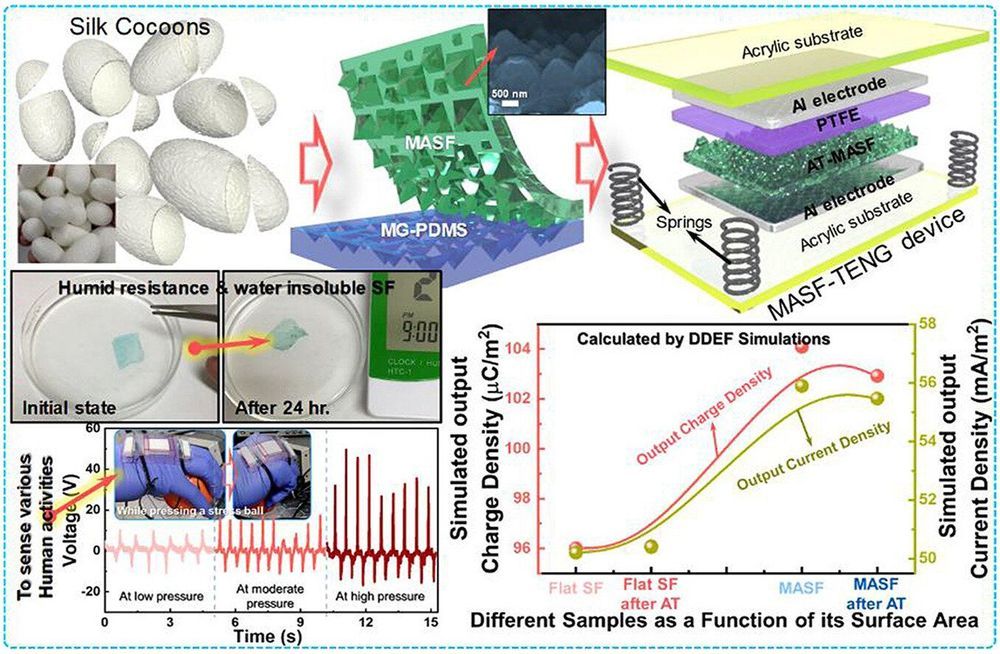
Researchers from the University of Surrey have revealed their new biodegradable motion sensor—paving the way for implanted nanotechnology that could help future sports professionals better monitor their movements to aid rapid improvements, or help caregivers remotely monitor people living with dementia.
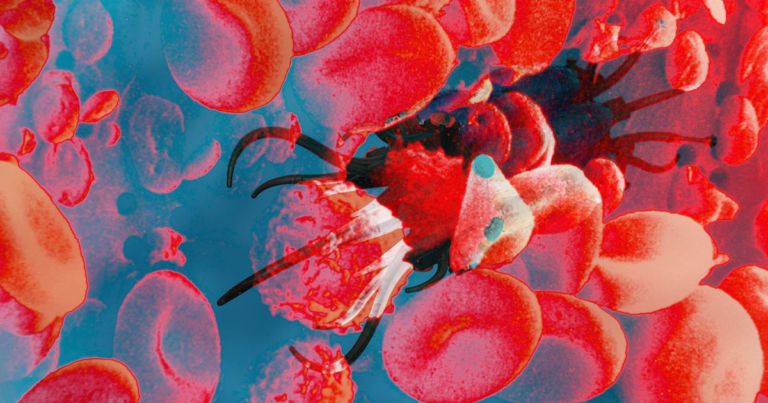
In order to find and treat cancerous tumors, a team of scientists is working on an aggressive new approach that involves a swarm of tiny, cancer-killing robots.
The idea is to inject the nanobots, which are engineered to look and travel like white blood cells, into a patient’s veins and move them around inside the body with powerful magnets.
“Our vision was to create the next-generation vehicle for minimally invasive targeted drug delivery that can reach even deeper tissues inside the body with even more difficult access routes than what was previously possible,” Metin Sitti, Director of Physical Intelligence at the Max Planck Society, said in a press release.
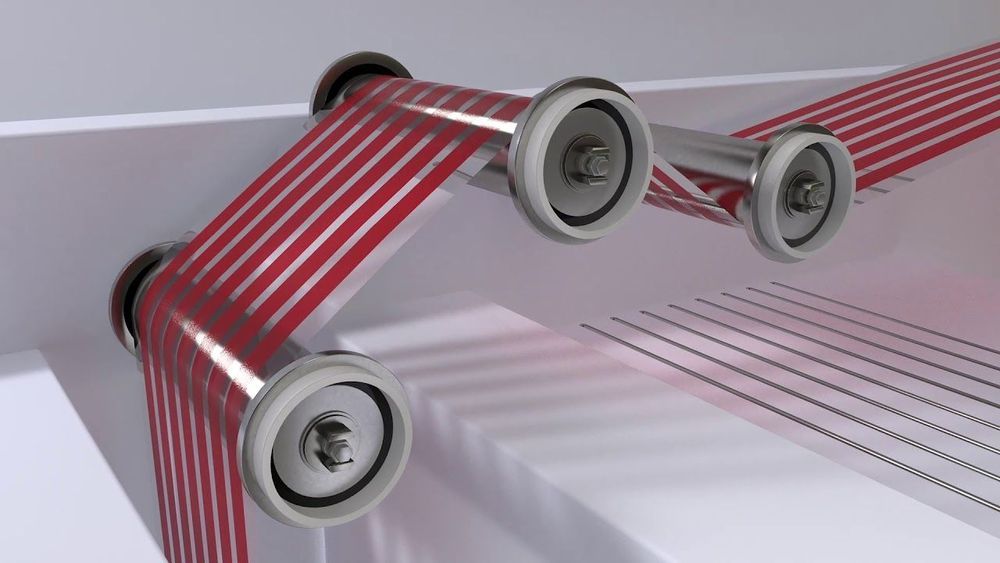
The development of next-generation solar power technology that has potential to be used as a flexible ‘skin’ over hard surfaces has moved a step closer, thanks to a significant breakthrough at The University of Queensland.
UQ researchers set a world record for the conversion of solar energy to electricity via the use of tiny nanoparticles called ‘quantum dots’, which pass electrons between one another and generate electrical current when exposed to solar energy in a solar cell device.
The development represents a significant step towards making the technology commercially-viable and supporting global renewable energy targets.
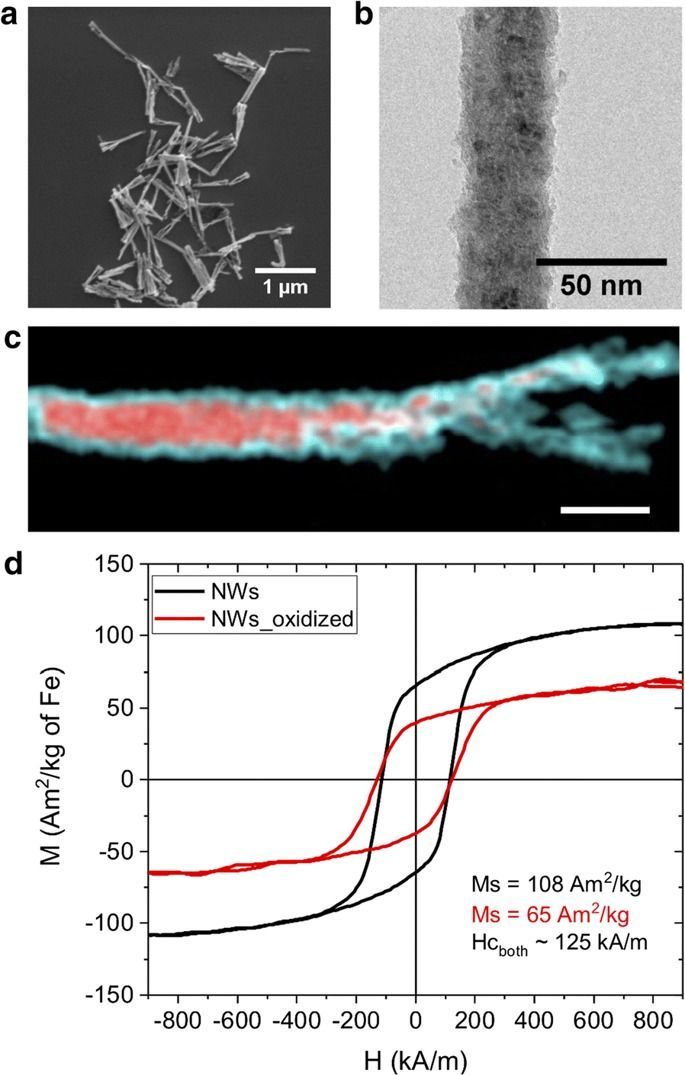
Interesting articles on theranostic iron nanowires. I’m interested in watching all aspects of development of nanobots, because I think it may lead to new forms of treatments for superlongevity and superintelligence.
Phys.org: Iron nanorobots go undercover to do surveillance on living cells in real time:
https://phys.org/…/2020-05-iron-nanorobots-undercover-surve…
Identifying the precise location of cells and their migration dynamics is of utmost importance for achieving the therapeutic potential of cells after implantation into a host. Magnetic resonance imaging is a suitable, non-invasive technique for cell monitoring when used in combination with contrast agents.
This work shows that nanowires with an iron core and an iron oxide shell are excellent materials for this application, due to their customizable magnetic properties and biocompatibility. The longitudinal and transverse magnetic relaxivities of the core–shell nanowires were evaluated at 1.5 T, revealing a high performance as T2 contrast agents. Different levels of oxidation and various surface coatings were tested at 7 T. Their effects on the T2 contrast were reflected in the tailored transverse relaxivities. Finally, the detection of nanowire-labeled breast cancer cells was demonstrated in T2-weighted images of cells implanted in both, in vitro in tissue-mimicking phantoms and in vivo in mouse brain. Labeling the cells with a nanowire concentration of 0.8 μg of Fe/mL allowed the detection of 25 cells/µL in vitro, diminishing the possibility of side effects.